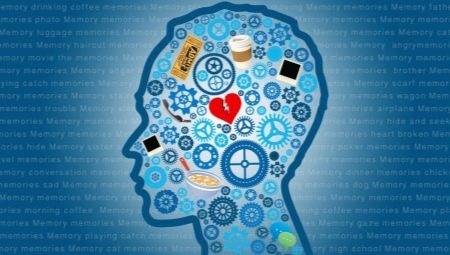Every day, people use motor skills. Each person has his own style and pace when walking, writing, playing, working.
Characteristic
In psychology, memorization, retention and reproduction of various movements and systems with the help of musculocutaneous, vestibular and motor analyzers is called motor (motor) memory. This is the highest mental function. It optimizes thinking processes.. Even with the simplest actions in the brain structures clear algorithm.
This allows you to save time and resources of the body, free up space for new tasks. Actions are performed automatically.
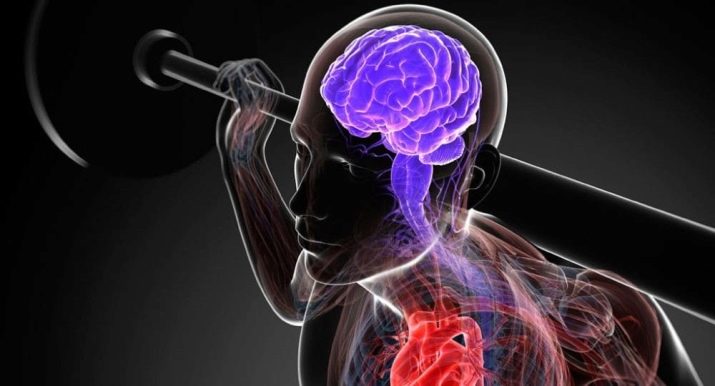
During the day, each person makes a large number of different motor manipulations. Starting any action, whether it is work on the conveyor belt, swimming or riding a bicycle, the individual must first learn it. At an unconscious level, he fixes in memory the amplitude, direction, speed, duration of movement. Without memorization, it would be necessary to learn it again each time, to master it from scratch.
A sign of good motor memory is physical dexterity, dexterity in labor. So, playing a musical instrument imprints once-learned works in memory. A few years later, after a long pause, the musician picks up an instrument and performs a piece of music without blots. He himself is sincerely surprised that hands remember the tiniest details of this composition.
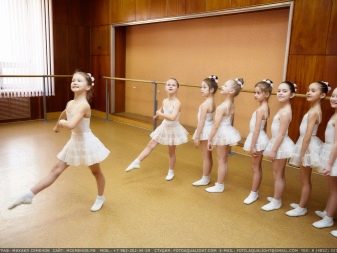
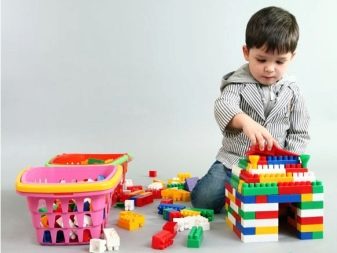
Mechanism
In psychophysiology, the entire process of memorizing and reproducing movements is described in detail. It is based on the activity of the central nervous system.To perform various actions, an activating reticular system (APC) is triggered in conjunction with motor analyzers.
If a person wants to master the movement, the signal instantly enters the ARS, resembling a mesh and covering all the brain stem structures. There, information is processed that can be blocked or sent to the cerebral cortex. For example, when viewing gymnastic exercises, a person wanted to repeat them, but too lazy to get up from his chair. Not very strong motivation slows down the signal.
Another situation is possible. The man put on a tracksuit in advance, prepared to perform and remember all the exercises. ARS immediately notes the importance of events, sends a signal to the brain.

Next, a motor analyzer located in the frontal part of the brain is turned on. Information is stored with the direct involvement of the hippocampus located in the medial temporal regions. The muscular system and vestibular apparatus begin to act immediately.
During the exercise, their partial memorization occurs. With multiple repetitions of movements in the future, actions are performed automatically at any speed, since the incoming signal instantly includes the same parts of the brain.
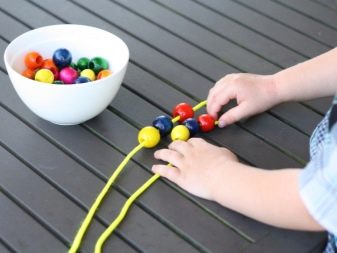
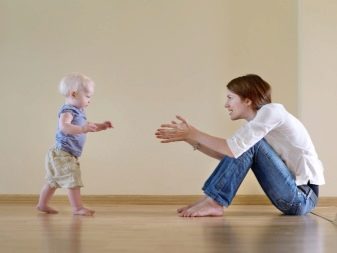
Functions
Motor memory provides a person with a full-fledged existence, promotes the development of coordination of movements, relieves nervous tension and tones the muscles. Its main functions can be traced in everyday life, training and professional activities.
- A person improves household skills throughout life. Their development begins with infancy. Clear and coordinated actions help the baby to service himself, perform hygiene procedures, use cutlery. The process of mastering the movements is constant. Sometimes an adult needs to learn how to use a household appliance: a dishwasher, a coffee maker, etc.
If the new technique resembles the previous one, then the old neural connections are in effect, and the person automatically reproduces the necessary movements. An unfamiliar model corrects motor memory, brings it into line with the new instruction.
In Alzheimer's disease, previously established neural connections are lost. Motor memory ceases to work, and a person can no longer service himself.
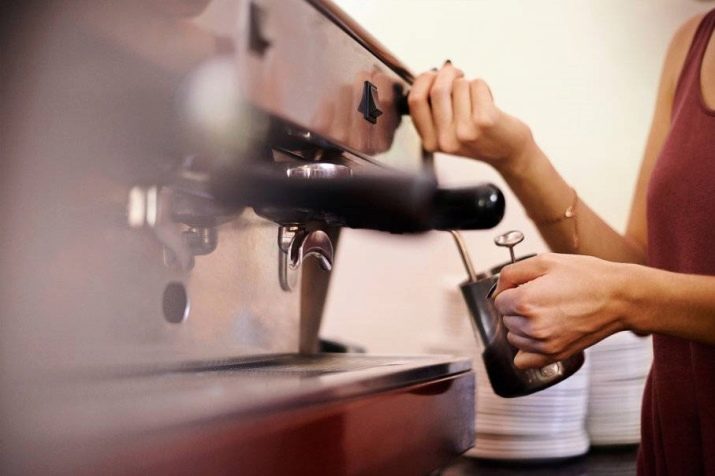
- This type of memory is important for the learning process. Motor and speech analyzers are nearby. For a good mastery of speech and writing, it is necessary to develop fine motor skills in children. Motor memory is activated when embroidering, sewing soft toys, making crafts from natural materials, pasta applications, paintings from cereals, etc. Complexes of physical exercises, the rules of team games contribute to the formation of motor memory.
The children's central nervous system is plastic, so it’s easier for a child than an adult to master the movements.
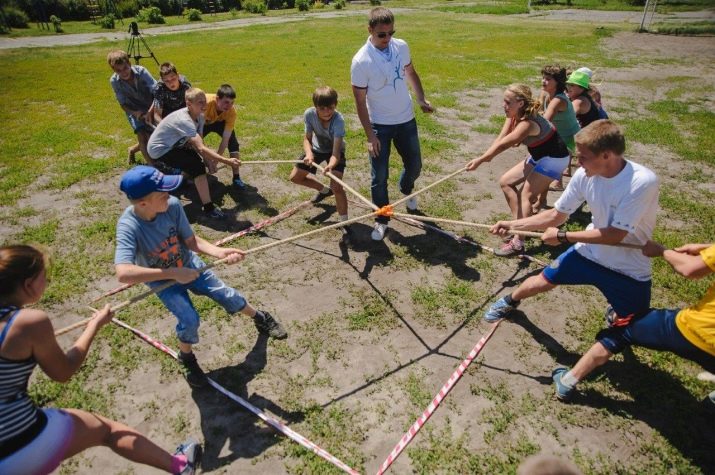
- It is impossible to master many professions without the use of motor memory. Some specialties require precise, subtle and complex actions. Electricians, acrobats, stuntmen, dancers must constantly improve motor memory, otherwise it is impossible to achieve significant success in professional activity. The life of a person depends on the wrong movement of the hands of other specialists. It is scary to imagine a surgeon, sapper, train driver or pilot with poor motor memory.

Development
Developing motor memory is crucial. Often, motor skills help maintain the health and life of a person who knows how to group properly when falling. It lands safely on ice, thereby protecting itself from serious injuries.
Psychologists cite the example of the survival of motorists caught in an extreme situation on the road. There is no time to think about an action plan. The driver automatically turns the steering wheel in the right direction at the sight of a car racing along the oncoming lane.
It is necessary to pay attention to motor memory from an early age. It is extremely important for a child to develop proper motor skills. There are many games for its development. Preschoolers are encouraged to repeat simple movements for adults. You can blindfold the baby and take him along a simple route, and then offer to go the same way without a blindfold. It’s very good to introduce children to games with specific rules: “Find a mate”, “Brook”, “Have a bear in the forest.”
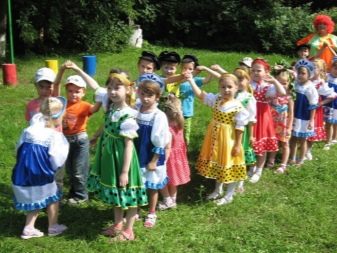
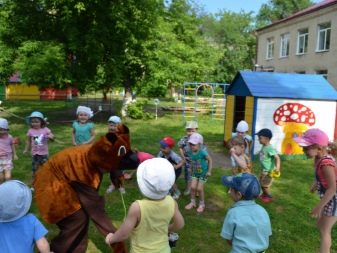
As a gymnastics for hands, it’s nice to use knitting, embroidery, drawing, sculpting, wood carving. You can play with family members in the display and reproduction of movements. At first, one demonstrates some actions, and the partner reproduces them exactly. Then he adds new movements to the image, which, together with the initial actions, must be shown by the first player, adding another movement. Loses lost from the correct playback and forgot the sequence of actions.
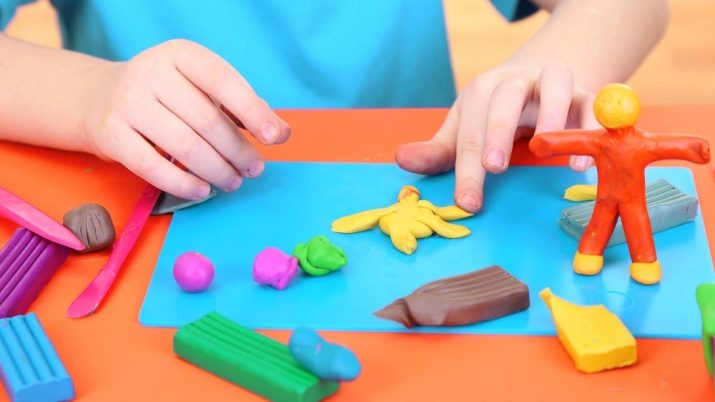
To fix certain specific movements in the memory, it is necessary to repeatedly perform the same action. It is advisable to repeat it at least 100 times. Its correct implementation is brought to automatism. The same applies to tasks to change the position.
- Exercise "mushroom - meadow" is performed by hands and fingers. You should not move your shoulders. Only the forearms are involved. One hand, which symbolizes the mushroom, is clenched into a fist and put forward. She is directed up. The open palm of the other hand means a clearing that should be placed directly under the fungus. Then quickly a straight palm is transferred to a position above a clenched fist. As one character changes to another, the pace gradually accelerates.
- In the next exercise, it is proposed to imagine two huge wheels. You need to stretch out your arms and start spinning imaginary wheels in different directions. With one hand, the presented hoop is moved towards itself, with the other hand - in the direction from itself. Then the person performs revolutions in the opposite direction.
The faster the change of direction, the better.
